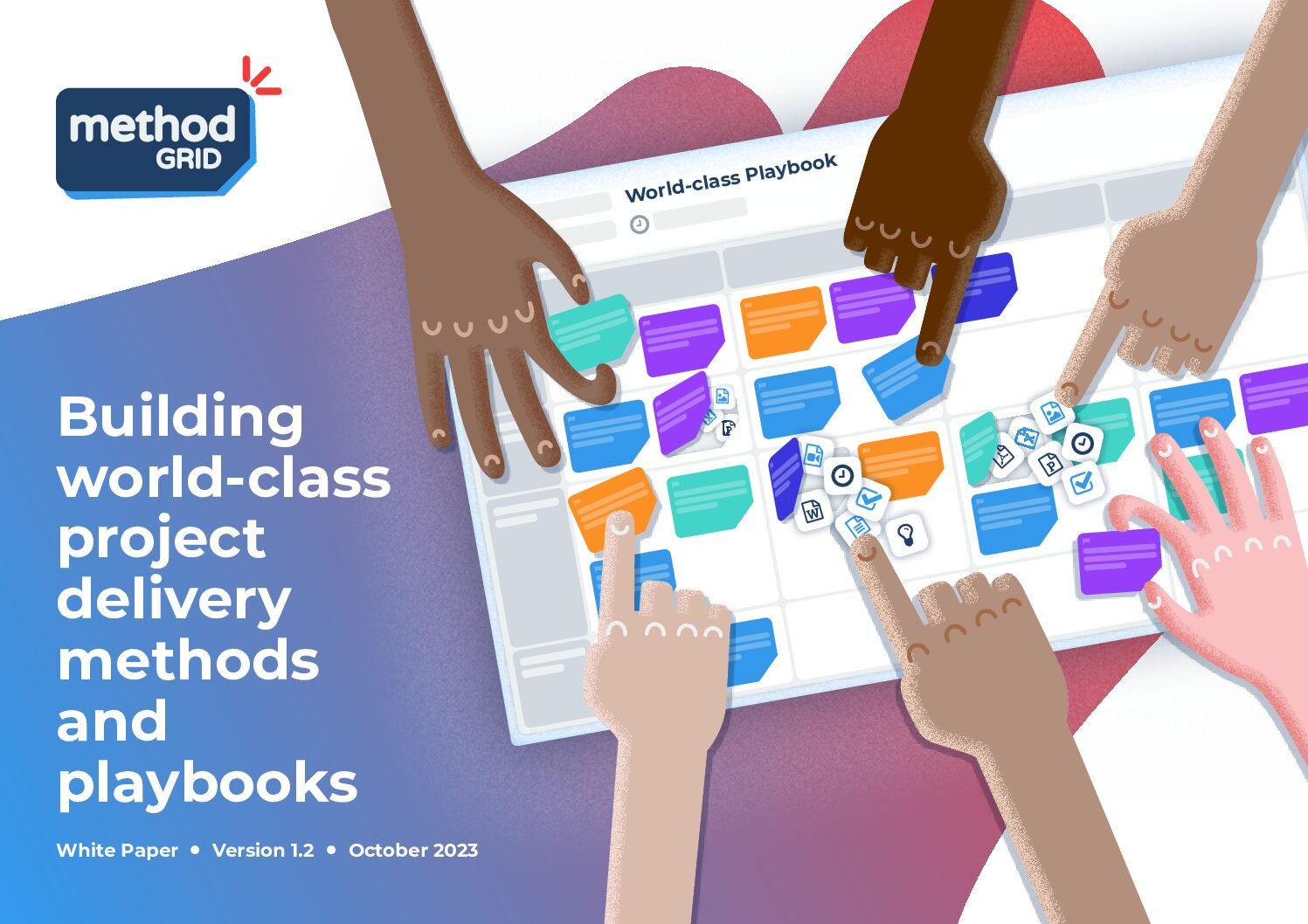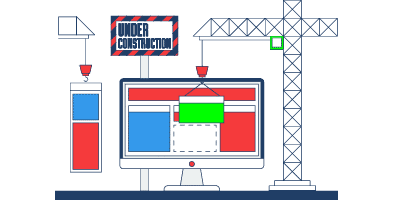A look at the benefits for a construction company in incorporating technology into their business
The construction industry now relies heavily on technology in terms of tools and equipment. However, it is still slow to embrace the technologies available to improve managerial productivity. In this article, I provide an overview of the technological solutions now available to construction project managers.
It is hard to imagine a construction project that doesn’t use power tools and machinery. The benefits of employing the assistance of such technologies is obvious. This was not always the case. There was a point in the (not too distant) past when there was reluctance to embrace such modernisation. There was fear that their introduction would undermine the skill and presence of physical labour. Once adopted, however, these technologies revolutionized the construction industry. They increased the scope of projects and reduced the time and budgets involved. No longer do we see workers having their lunch atop a skyscraper or manually carrying materials up flights of stairs. Working conditions are far improved as a result!
A New Era
We now face a new era in construction where many new managerial technologies are available to the industry. And yet, despite global investment from venture capital firms, the construction industry as a whole is slow to adopt these new solutions.
A report from James Long LaSalle shows that venture capital firms invested $1.05 billion in global contech startups during the first half of 2018, a 30% increase on the same period in 2017. Since 2009, there has been an investment of $4.34 billion into this sector. These technologies are being developed and are now available for forward thinking firm to streamline their working practices and increase their productivity.
The top 49% of leading companies (in all sectors) invest more in digital than their counterparts, says a survey by McKinsey Digital. These technologies are here to stay and have a positive impact on efficient project management. The coming years are set to see these fully incorporated into the workplace and become mainstream.
So, how are forward thinking construction firms improving their working practices with the introduction of new technologies?
Below I have highlighted some of the valuable ways in which project managers are incorporating new technologies into their business practice. These are in no way exhaustive but rather I deploy “broad brush strokes” to illustrate the various options available.
Safety
Workplace safety is (and should be) at the forefront of any site manager’s mind. It is their responsibility to ensure the safety of everyone working, visiting (or even trespassing on) a site. New technology can have a significantly positive impact on the safety of a site by assessing and highlighting concerns and reducing the need for human involvement with more riskier activities.
Drones are now within an affordable range for most construction firms. They enable inspectors to reach heights unsafe for manual inspection, saving time and improving safety. Inaccessible spaces can be monitored and changes recorded more regularly and with a greater degree of accuracy to avoid unexpected maintenance issues.
Construction businesses are now able to employ a range of monitors to assist with the safe working of those on site. Monitors can be used to keep track of vital signs of workers in real time. They can alert managers if there are any variance in levels of heart rate, temperature or blood pressure. This can often have life saving implications. In hotter climates where monitoring temperatures of the worksite is important this has the most clear benefit. Monitors are also used to detect collisions in vehicles. As technologies develop, so does the ability for vehicles to prevent such accidents.
Automated technology reduces the need for human involvement in risky operations. From robotic machinery to autonomous heavy equipment, these come in many different forms to suit all levels of operation. Robots can be used in areas where human involvement may be dangerous. Inevitably the use of automated technology allows for more consistent working (without the need for work breaks).
Tools and equipment can now be connected via the internet to allow for easy locating of assets and maintenance monitoring. Ensuring tools and equipment are kept safely, and well maintained, helps ensure the safe running of a site.
Productivity
Ultimately, the aim of any business is to be as productive as possible. New technologies allow businesses to streamline their processes and reduce unnecessary costs. Improving site safety, training, and knowledge sharing all adds to the overall productivity of the business.
A clear example of how new technology can increase productivity can be found in augmented reality (AR) and 3D modelling. Plans can be turned into virtual models. These highlight any potential future issues with the build. They also create richer blueprints for scheduling works and project planning. AR allows these plans to be viewed through a lens on site to ensure that work is being completed accurately; workers can actually see where things are supposed to be in real time.
Knowledge Sharing
These technologies, supported by the ‘Internet of Things’ has impacted on the way any business works. They increase the ability to share knowledge effectively in an interconnected way. Whether it be the collection of data in some of the ways highlighted above, or the ability to quickly share information between team members, bringing a business online has a host of benefits.
Without the need for extensive investment, a construction business can begin to integrate more technology into their business practices.
Platforms such as Method Grid allow for businesses to bring together knowledge in an easily accessible way for members of the team involved with a project at any level. Productivity is increased as the time it takes for new members of a team to adopt relevant knowledge is decreased. Meanwhile, the ability to replicate projects based on existing knowledge is increased.
Such online capabilities allow for an increased communication between team members. Clear training and methodologies can be planned, adapted and communicated remotely and effectively. The information gathered by the technologies employed can be accessed, assessed and referred to consistently and with constant improvement.
Conclusion
There are undeniable benefits for construction firms who embrace new technologies in the way they work. These range from training and communication through to creating safer working conditions and the practical completion of projects. This blog has highlighted just a few of the ways the industry is starting to embrace these technologies. It will be interesting to see how the industry changes over the coming years as these technologies become increasingly mainstream.












